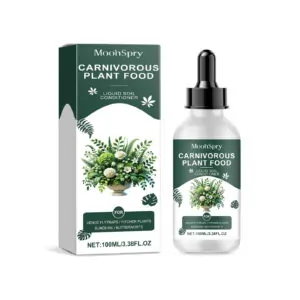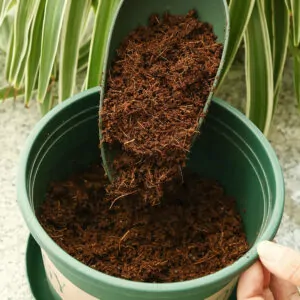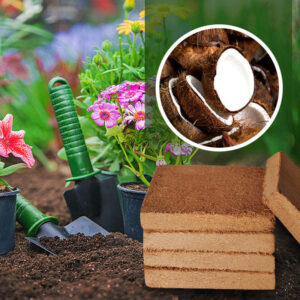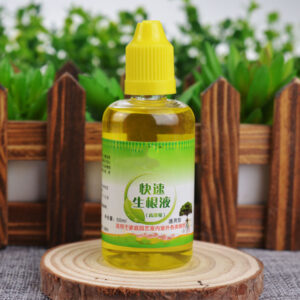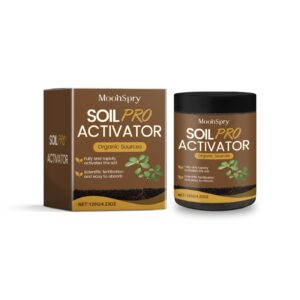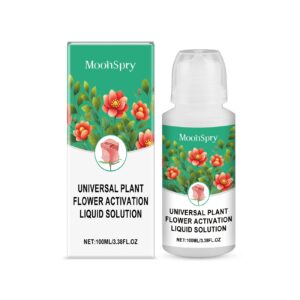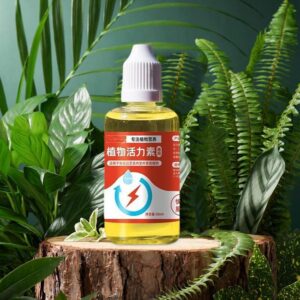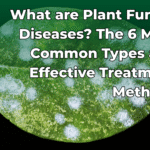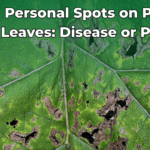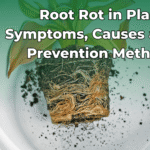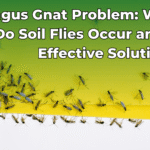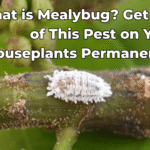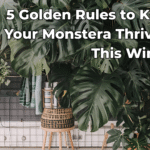What is Leaf Rust?
Leaf rust is a fungal disease that appears as orange, yellow, or brown powdery pustules on the leaves of indoor plants. It weakens foliage, impairs photosynthesis, and can spread quickly if left unchecked. Like many fungi, it loves high humidity, poor air circulation, and moisture on leaves.
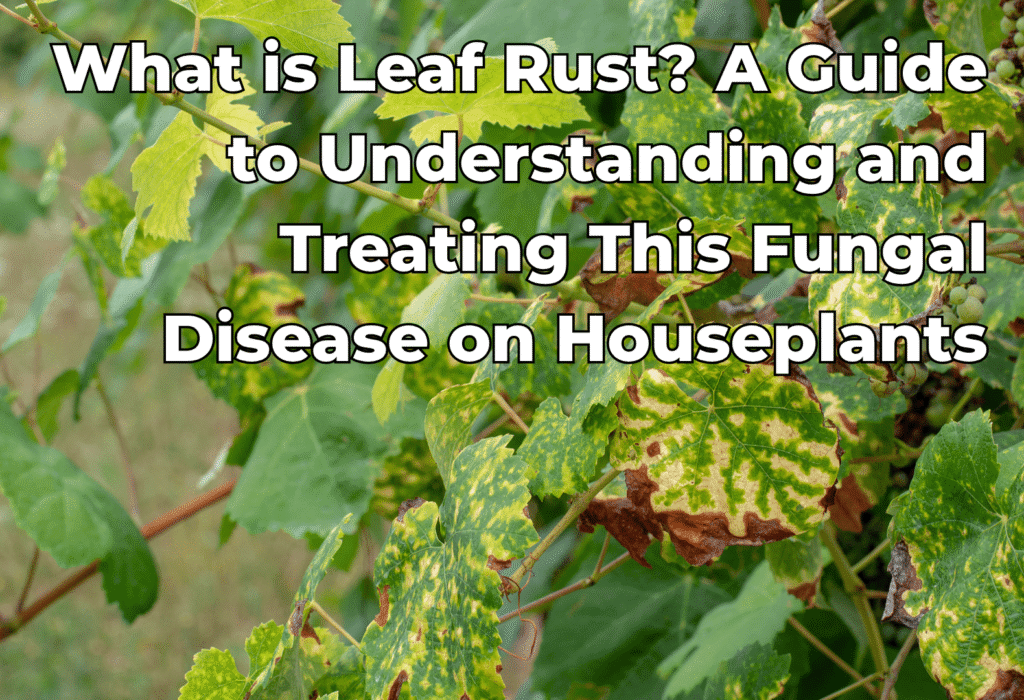
How Leaf Rust Affects Your Home Environment
Rust and Home Aesthetics
Diseased leaves lose their lush, glossy look–you may notice unsightly spots and premature leaf drop. That once‑elegant greenery becomes patchy, affecting room design and comfort.
Rust and Pets
Most rust fungi are harmless to humans and pets, but frequent treatments may involve fungicides. If you have curious cats or dogs, opt for natural remedies to keep everyone safe.
Rust and Air Quality
While not poisonous, leaf rust compromises plant strength and lowers their efficiency in air purification and humidity control. Healthy leaves are essential for that natural indoor air boost.
Why “Houseplant Leaf Rust” Happens
- Excess humidity combined with poor airflow creates ideal conditions for fungal growth.
- Warm, saturated soils let fungal spores thrive
- Overcrowded displays encourage moisture retention
- New infected plants introduce spores
The Lifecycle of Rust Fungi
Spore powder forms on the underside of leaves, matures, then drops or spreads via water or touch—ready to infect more leaves.
Recognizing Leaf Rust Symptoms
| Symptom | What to Look For |
|---|---|
| Spots | Orange/yellow/brown powdery pustules on leaf underside |
| Discoloration | Fading or yellowing spots on the top surface |
| Premature Drop | Leaves falling off before natural lifecycle |
| Texture Change | Leaves becoming dry, brittle or deformed |
Early detection saves time and effort.
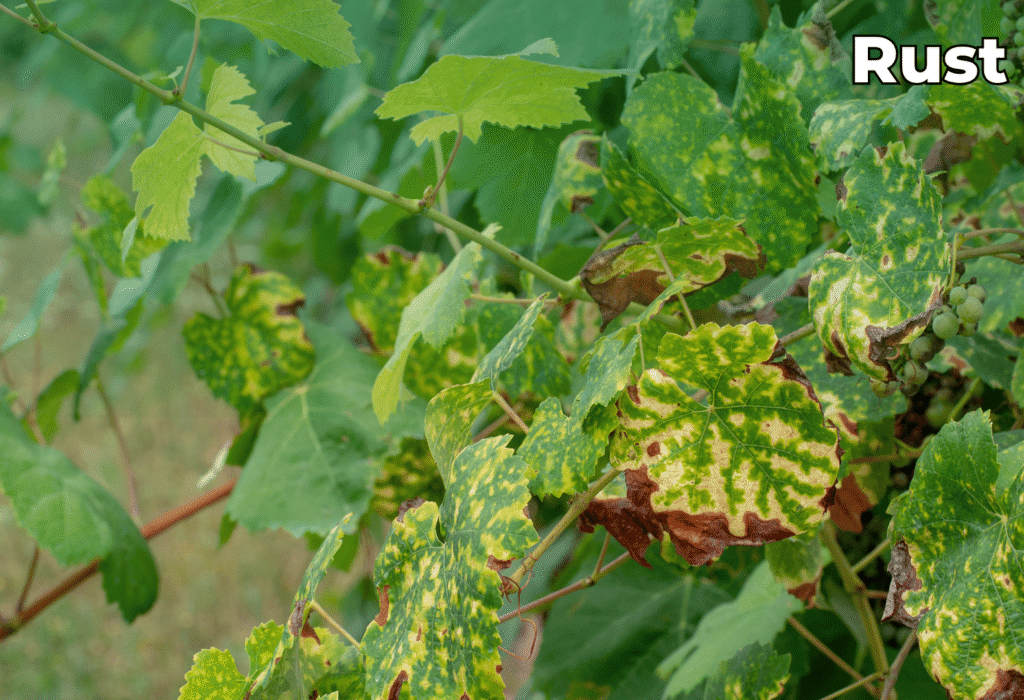
Effective Home Treatments
1. Isolate and Prune
Remove affected leaves and place the plant in an open, airy area. Dispose of pruned parts—don’t compost them.
2. Improve Air Circulation
Use a fan or open a window. Leave space between pots, and avoid overcrowding shelves.
3. Adjust Watering Habits
Water the soil, not the foliage. Let the top 1–2 cm of soil dry out before adding more water. Rust thrives on wet leaves.
4. Natural Sprays and Remedies
- Neem oil spray: mix 1 tsp neem oil + a few drops of mild soap in 1 L water. Spray weekly.
- Baking soda solution: 1 tsp baking soda + ½ tsp mild dish soap + 1 L water. This raises leaf surface pH, slowing fungal growth.
- Garlic/fennel tea spray: steep 2‑3 garlic cloves in boiled water, cool, strain, dilute in 1 L water, then spray.
5. Use Fungicide (If Needed)
If rust is widespread, use a commercial fungicide like [Fungicide‑X product]. Make sure it’s labeled safe for indoor, pet environments. Spot‑test on a single leaf first.
[Neem Oil Fungicide product]
6. Strengthen Plant Health
A healthy plant fights disease better:
- Use well‑draining potting mix
- Ensure moderate light (bright, indirect)
- Fertilize lightly during growing season
Preventing Leaf Rust
- Quarantine new arrivals for 1–2 weeks to watch for diseases
- Keep humidity at 40‑60%—use a hygrometer
- Clean leaves monthly with soft damp cloth
- Avoid drenching foliage; water early in the day
- Use sterile pruners and clean tools after cutting
When to Call a Pro
If rust keeps coming back despite home care, consider consulting a plant pathologist or local nursery specialist to identify the exact rust strain.
FAQ Section
Q: Can leaf rust jump to other plants?
A: Yes, rust spores can transfer through splashing water or direct contact. Isolate and treat quickly.
Q: Will removing all affected leaves kill the disease?
A: Cleaning aids control, but spores may persist in the soil or inside new foliage. Combine pruning with treatments and better airflow.
Q: Are chemical fungicides safe for pets?
A: Only if labeled “pet safe” once fully dried. Always follow instructions and keep animals away during treatment.
Add This to Your Routine
- Quarantine new plants
- Monthly leaf inspection
- Weekly humidity and airflow check
- Watering early in the day, avoiding foliage
- Natural spray treatment every 7–10 days
- Annual potting mix refresh
Recommended Home Care Product
[Neem Oil Fungicide] – This organic, broad‑spectrum spray discourages fungal growth and is gentle for indoor pets.
- All Products
Carnivorous Plant Food Liquid Soil Conditioner – MoonSpry Nutrient Drops for Venus Flytraps, Pitcher Plants, Sundews, Butterworts – 100ml
£19.99 Select options This product has multiple variants. The options may be chosen on the product page - All Products
Coconut Brick for Potting Mix – Desalted and Nutrient-Rich for Optimal Plant Growth, High-Quality
Price range: £24.99 through £69.99 Select options This product has multiple variants. The options may be chosen on the product page - All Products
Coconut Brick Nutrient Soil – High Absorption Organic Growing Medium for Flowers and Vegetables
Price range: £14.49 through £29.34 Select options This product has multiple variants. The options may be chosen on the product page - All Products
Fast Rooting Plant Nutrient Solution – Rapid Root Growth Enhancer for Stronger Seedlings and Healthier Plants – 50ml Liquid
£13.94 Select options This product has multiple variants. The options may be chosen on the product page - All Products
Fruit Plant Growth Powder – Natural Plant Growth Enhancer for Increased Yield & Stress Resistance
£13.50 Select options This product has multiple variants. The options may be chosen on the product page - All Products
Natural Plant Insecticide – Household Flower & Universal Garden Pest Control Spray 100ml
£18.70 Select options This product has multiple variants. The options may be chosen on the product page - All Products
Plant Nutrient Solution – Liquid Concentrate for Healthy and Fast Plant Growth
£14.08 Select options This product has multiple variants. The options may be chosen on the product page - All Products
Plant Nutrient Solution for Indoor and Outdoor Plants – Effective Liquid Fertilizer with Amino Acids and Magnesium Sulfate
£14.80 Select options This product has multiple variants. The options may be chosen on the product page - All Products
Plant Rooting Powder – Root Boost for Healthy Growth, 50g
£14.99 Select options This product has multiple variants. The options may be chosen on the product page - All Products
Plant Wound Healing Cream – Fast Recovery & Protection for Pruned or Damaged Plants
£17.12 Select options This product has multiple variants. The options may be chosen on the product page - All Products
Soil Activator & Growth Powder – Organic Soil Enhancer for Healthier Plants
£24.99 Select options This product has multiple variants. The options may be chosen on the product page - All Products
Universal Plant Flower Activator – 100ml Liquid Solution for Healthy and Vibrant Blooms
£18.75 Select options This product has multiple variants. The options may be chosen on the product page - All Products
Universal Plant Vitality Supplement for Growth and Health Boost – 50ml
£14.67 Select options This product has multiple variants. The options may be chosen on the product page

